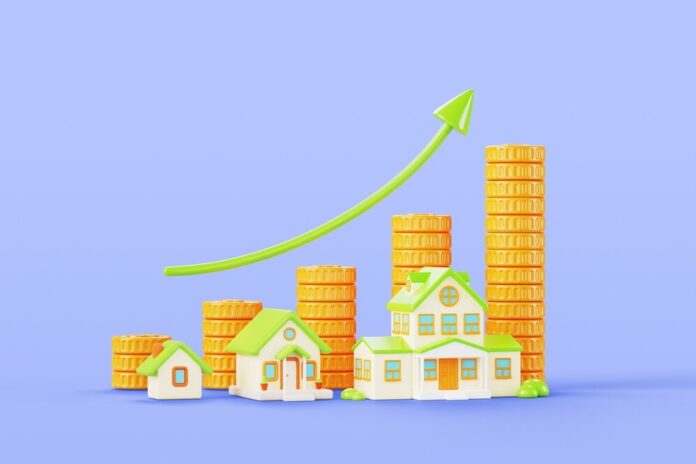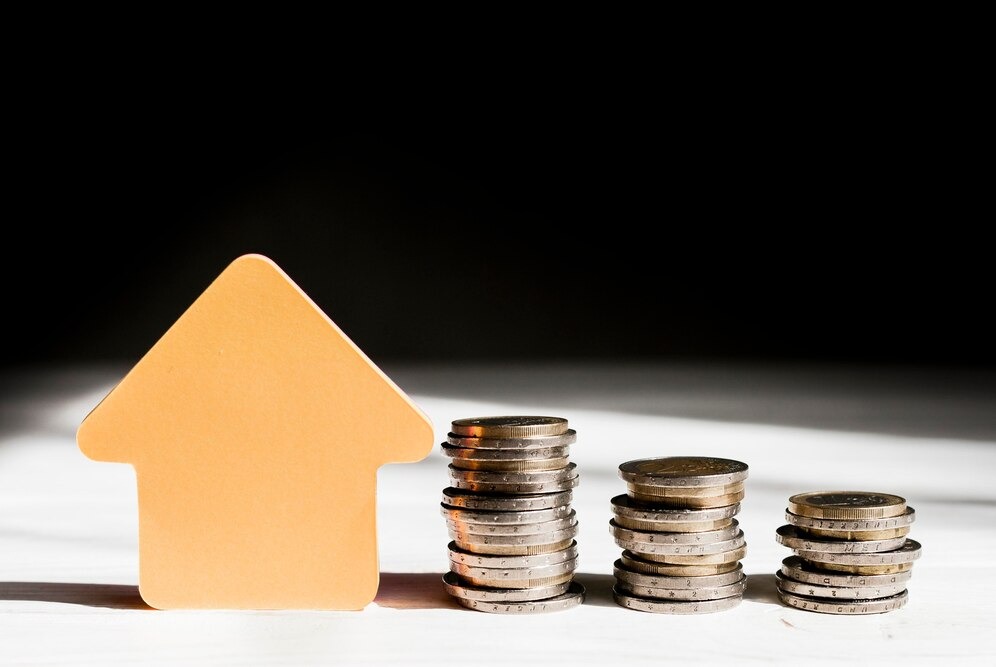
Singapore’s real estate market continues to rise in a region filled with economic uncertainty.
Property prices aren’t just climbing—they’re defying gravity. But what’s driving this trend? The answers lie in a complex mix of policy, planning, prestige, and profit.
Table of Contents
Key Highlights
- Singapore’s limited land keeps prices under constant pressure
- Tech-savvy developments raise the bar for future launches
- Strong government regulation builds long-term investor trust
- Foreign interest remains high despite ownership restrictions
- Smart infrastructure drives up value in targeted zones
- Developer reputation influences price perception and demand

Not Just Scarcity — It’s How Singapore Uses Land
Land constraints alone don’t tell the full story. Other cities are dense too. What sets Singapore apart is how it plans and controls the use of land. Instead of random urban sprawl, every parcel here fits into a blueprint.
Here’s what that looks like in practice:
| Factor | Impact on Prices |
| Limited residential zones | Higher land bidding prices |
| Zoning stability | Investor confidence |
| Government-held reserves | Slow and controlled supply |
This approach keeps both supply and speculation in check—while locking in high baseline prices.
Developers That Build More Than Homes
When buyers see names like CapitaLand on a project, it signals more than quality—it promises future-proof design, smart infrastructure, and eco integration.
A perfect example is Lyndenwoods. Developed by CapitaLand, the same name behind One Pearl Bank and Raffles City, this project reflects a shift in buyer expectations.
Today, people don’t just want space. They want smart lighting, cooling efficiency, digital home integration, and access to curated community features.
When one project introduces higher benchmarks, surrounding projects rise in price to match. That ripple effect is visible across all districts.
Regulation That Protects and Promotes Prices
Many outsiders assume cooling measures slow down the market. In reality, they anchor long-term confidence. Here’s why:
- ABSD (Additional Buyer’s Stamp Duty) deters reckless buying.
- TDSR (Total Debt Servicing Ratio) ensures buyers don’t over-leverage.
- Loan limits and ownership rules protect first-time buyers.
The message is clear: the government will prevent a crash at all costs. For investors, that sounds like stability. For homeowners, it means safety. Result? Buyers hold, sellers don’t panic, and prices resist collapse.
Foreign Buyers Still Fuel High-End Growth
Despite tax barriers, overseas demand hasn’t disappeared—it just evolved. Wealthy foreign buyers focus on long-term assets that offer regional security. They target:
- Prime Districts 9, 10, and 11
- Integrated developments near MRT and malls
- Freehold properties with limited supply
This top-tier demand keeps luxury prices moving upward. It also pushes local buyers into fringe areas, raising values across the board.
Infrastructure = Instant Value Growth
Singapore doesn’t build blindly. Each transport upgrade, mall, or business park has real estate consequences.
Let’s break it down:
- New MRT lines like the Cross Island Line lift demand in previously underpriced neighborhoods.
- Business node expansions in places like Punggol Digital District create job demand—and housing demand.
- Smart zoning in upcoming transformation areas like Greater Southern Waterfront primes surrounding land for price hikes.
Also, a standout trend is the rise of collaborative development ventures that bring global and local excellence into one project.
Grand Zyon shows how this works. It merges the strength of CDL—a Singapore property giant—with Mitsui Fudosan, one of Japan’s top developers.
CDL’s innovation in green buildings and Mitsui’s community-first focus create homes that attract both local families and foreign investors.
Result? Launch prices start high—and stay high.
The Rental Market Pushes Demand Further
Prices aren’t only driven by purchases. Rental pressure also feeds buyer urgency. With post-pandemic relocation in full swing, rents have spiked, especially in central and city-fringe zones.
| District | Avg. Rental Yield (%) | Buyer Demand Trend |
| District 9 (Orchard) | 3.7% | High for luxury |
| District 14 (Geylang) | 4.1% | Rising among expats |
| District 19 (Serangoon) | 3.9% | Steady resale value |
Buyers weigh rent potential alongside capital gains. High yields justify higher upfront costs. It’s not just about owning—it’s about holding income-producing assets.
Public Housing Feeds the Cycle Too
Many believe HDB flats are disconnected from the private market. That’s not true.
When BTO delays pile up, buyers shift to resale. Resale prices rise. HDB upgraders then sell high and push into condo markets. Private demand spikes. That chain reaction tightens inventory across both sectors.
In 2024, resale HDB prices grew nearly 5.8%, despite earlier signs of a plateau. Supply gaps keep pressure high.

Green and Smart Features Are Not Optional Anymore
Buyers no longer view sustainability as luxury. It’s a must-have. Water-saving fixtures, solar-ready rooftops, electric charging bays—these features now factor into resale projections and daily cost savings.
Projects with green certifications consistently launch at higher PSF rates—and find buyers anyway. Why? Because they lower lifetime ownership costs, especially with Singapore’s utility tariffs creeping upward.
Final Thoughts: Why Prices Keep Moving Up
Singapore’s housing market isn’t hot because of hype. It’s structured, governed, and engineered to hold value.
Each layer supports the next:
- Strong developers set premium benchmarks
- Buyers seek smart and green homes
- Infrastructure keeps opening new value zones
- Foreign interest and public housing needs reinforce demand
- Government policy reduces market risk
The secret isn’t one thing. It’s the entire system working in sync. And unless something disrupts that balance drastically, property prices will keep their upward trend—slowly, steadily, and consistently.




